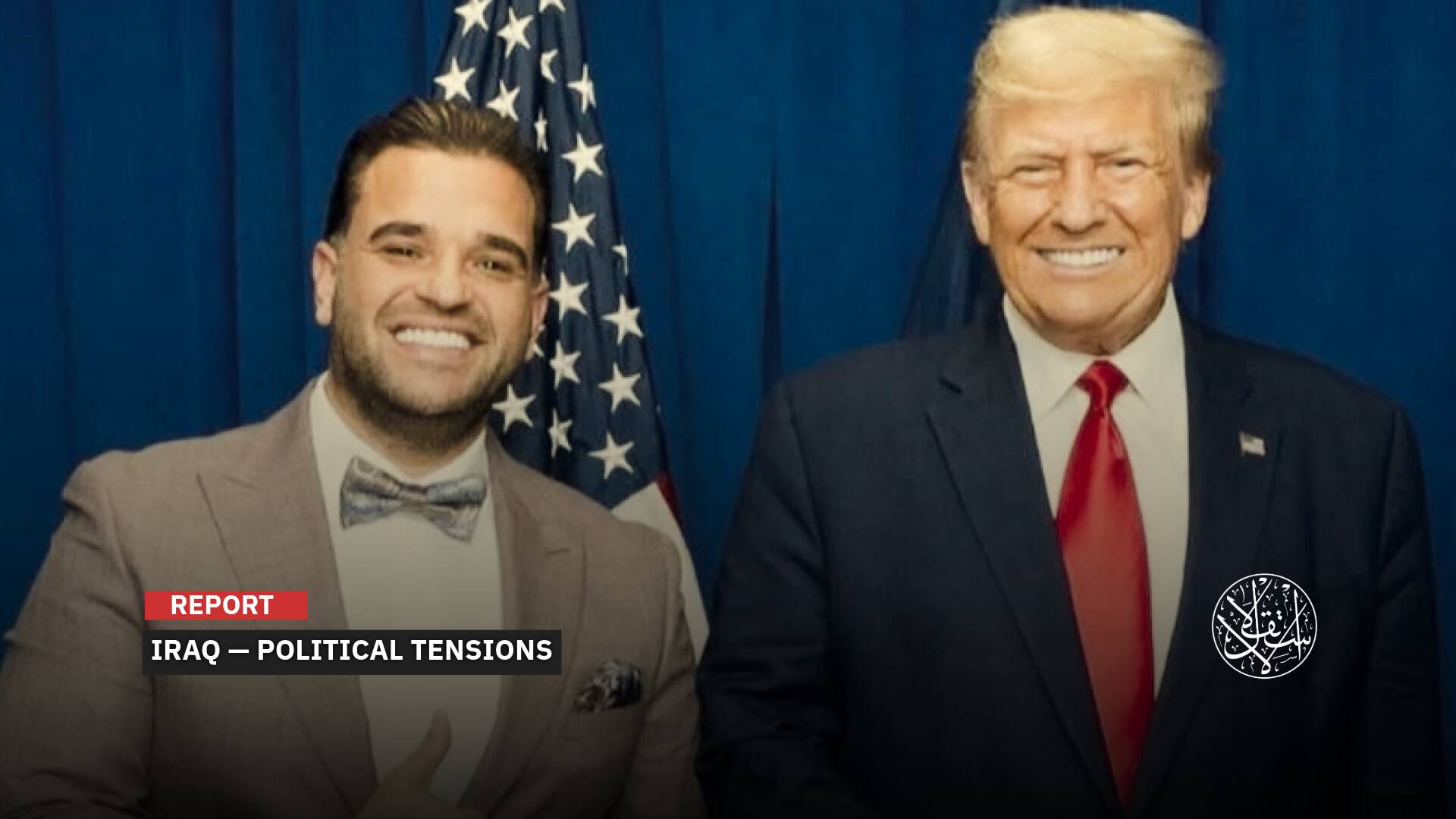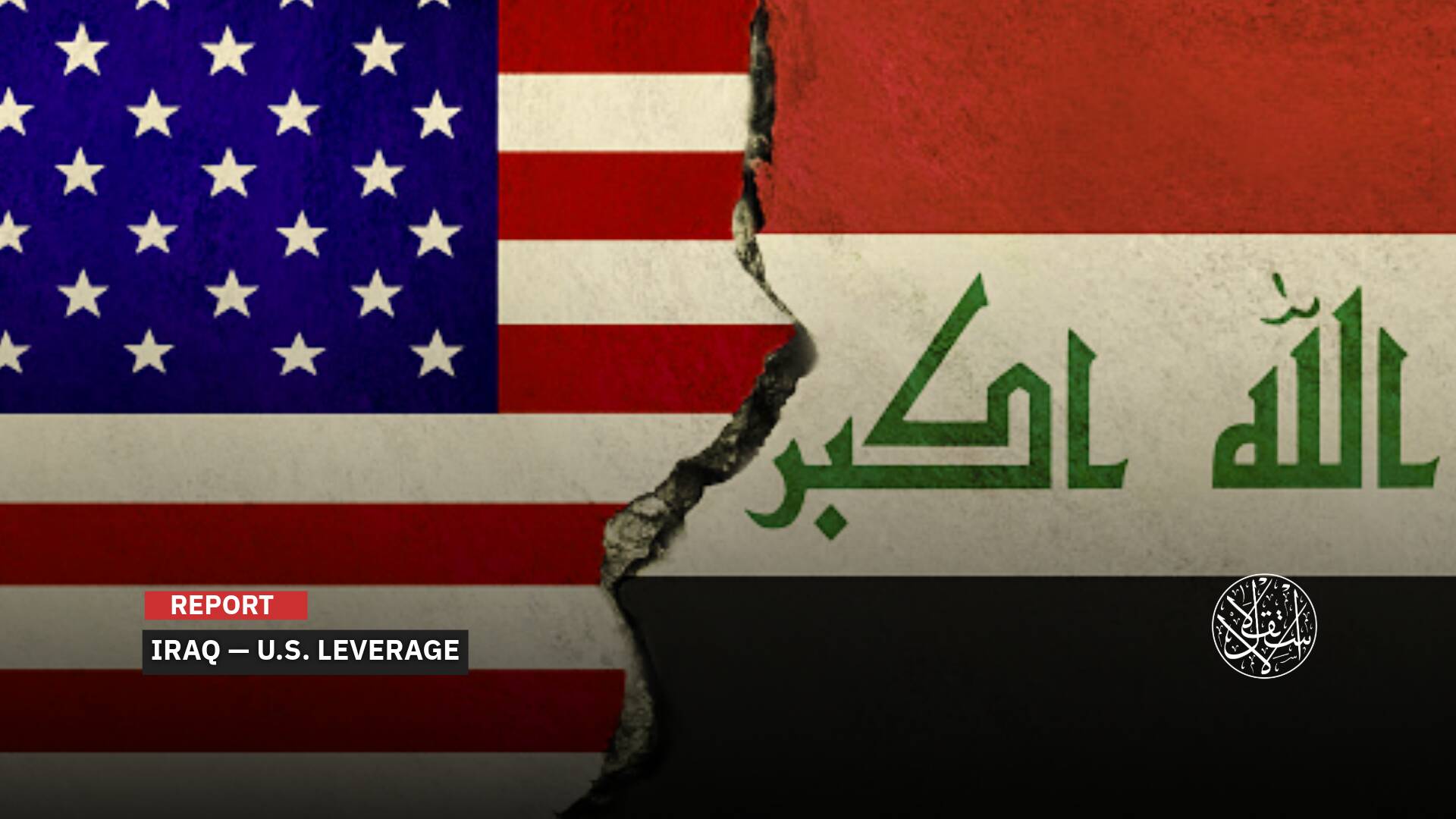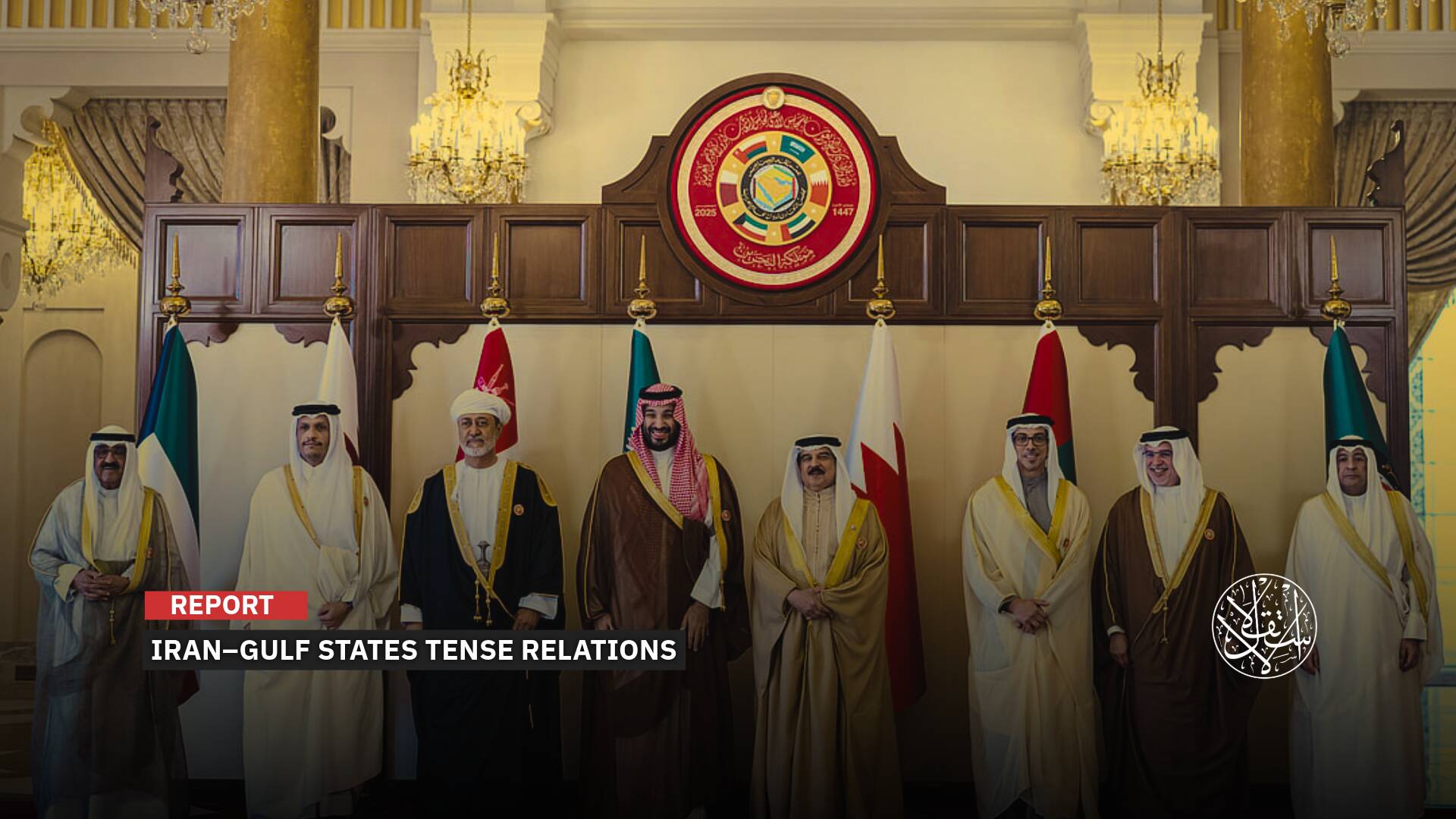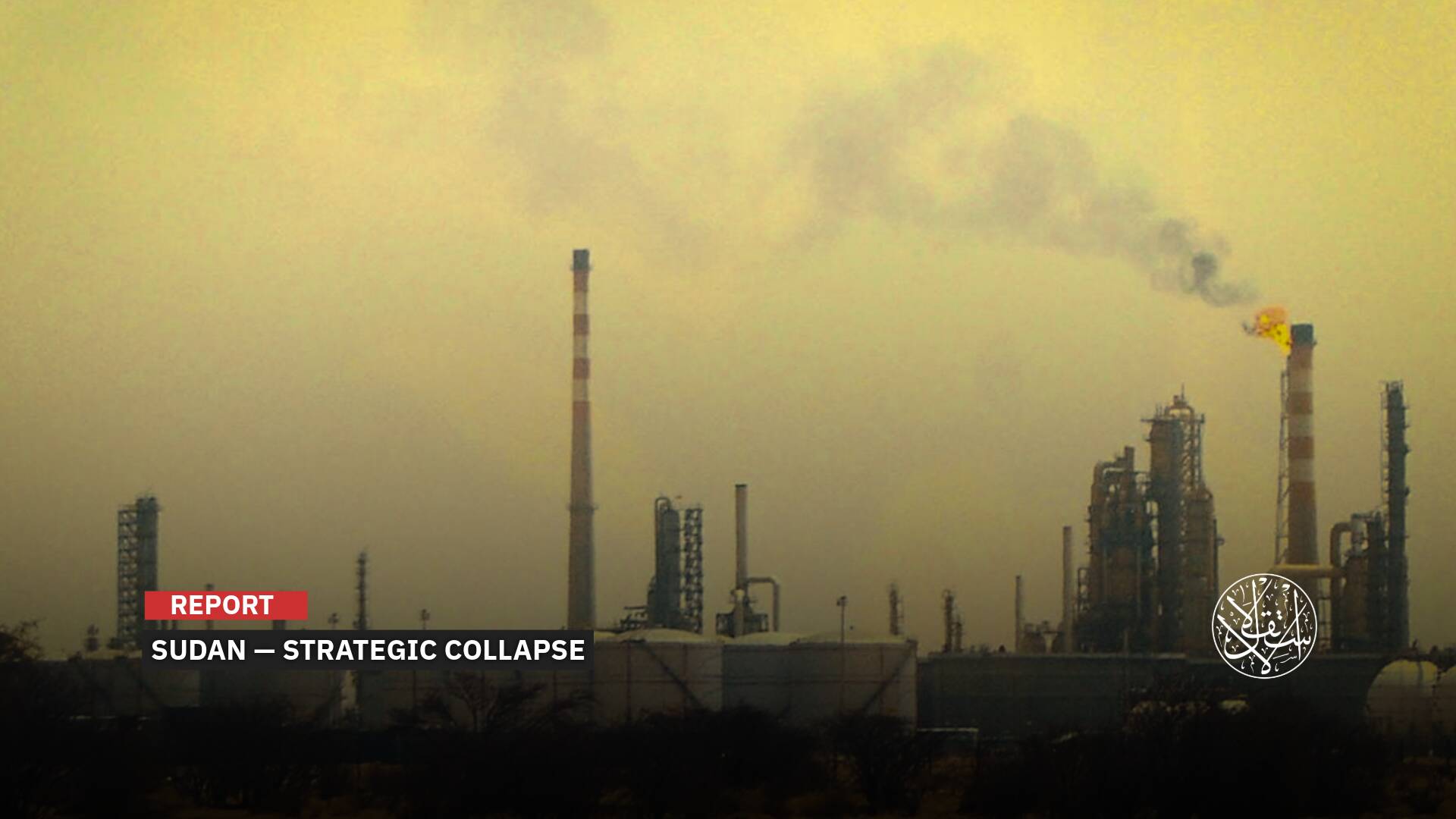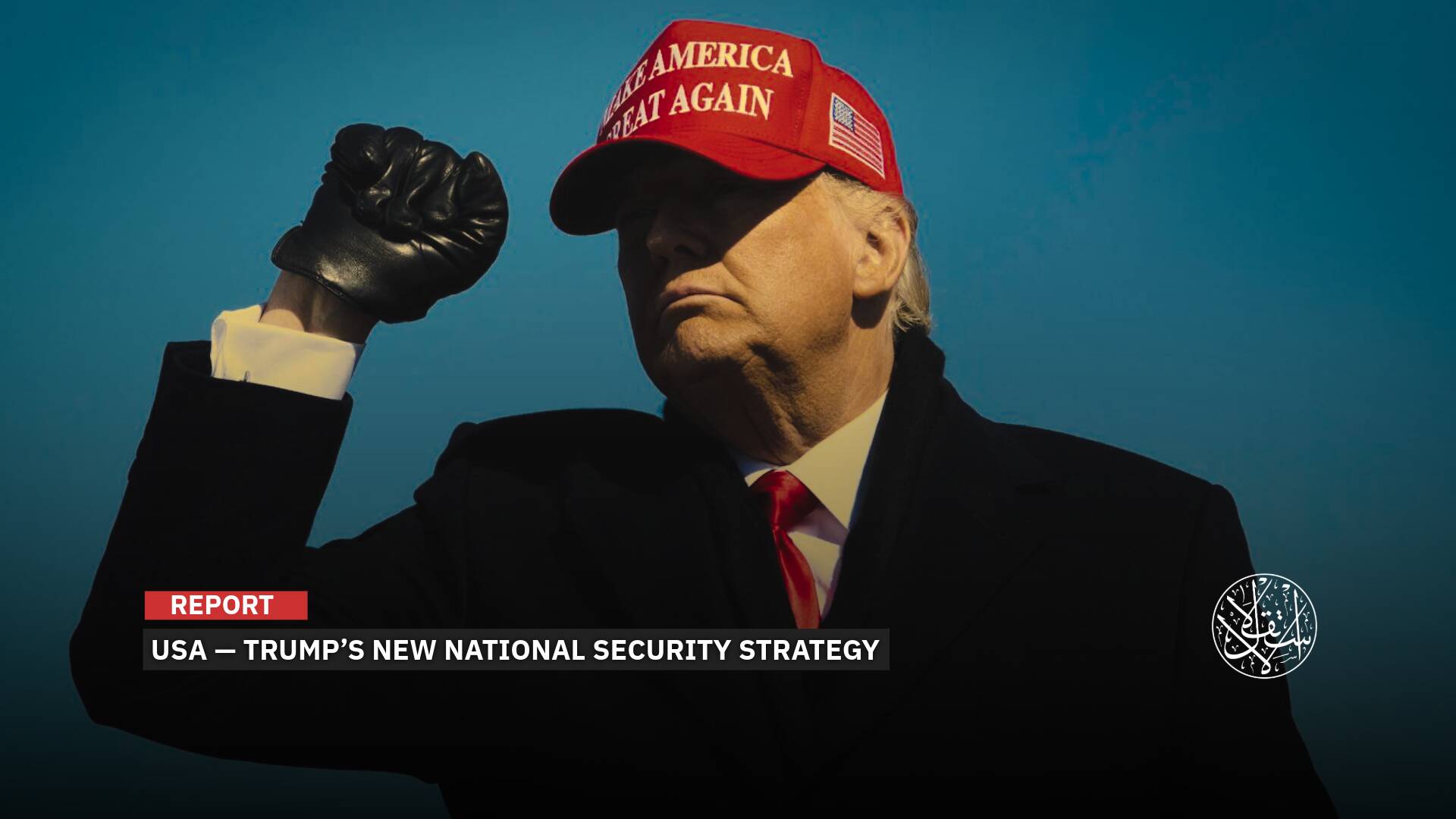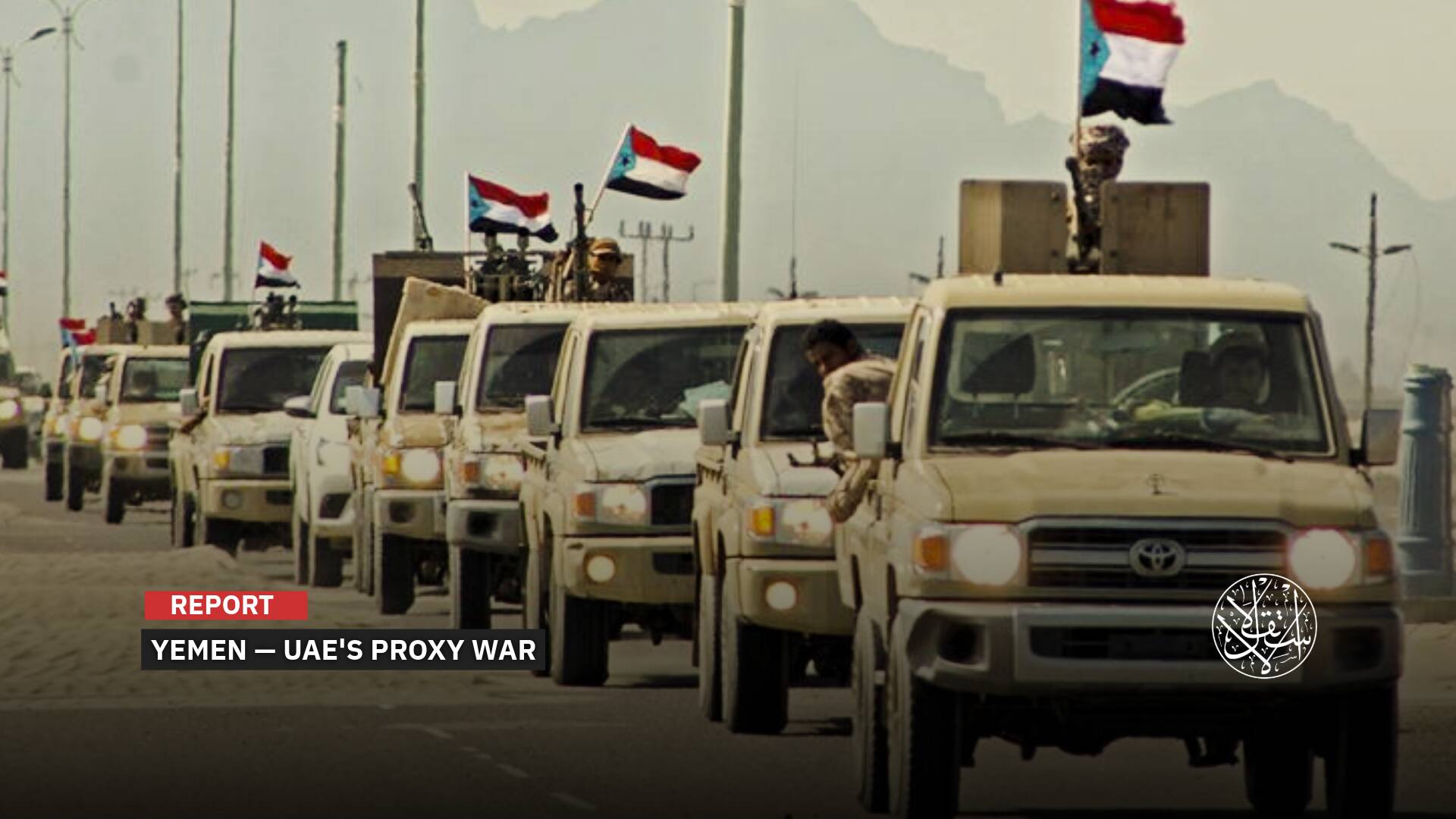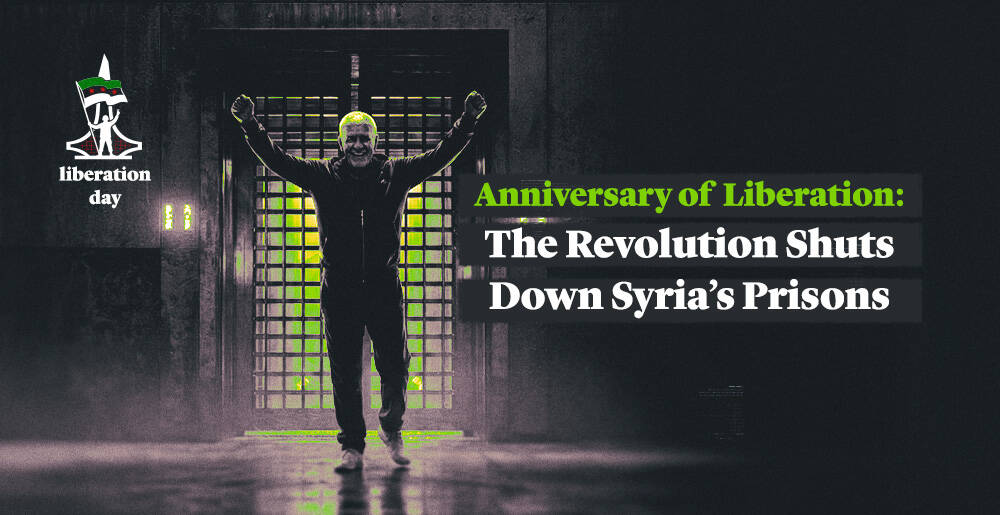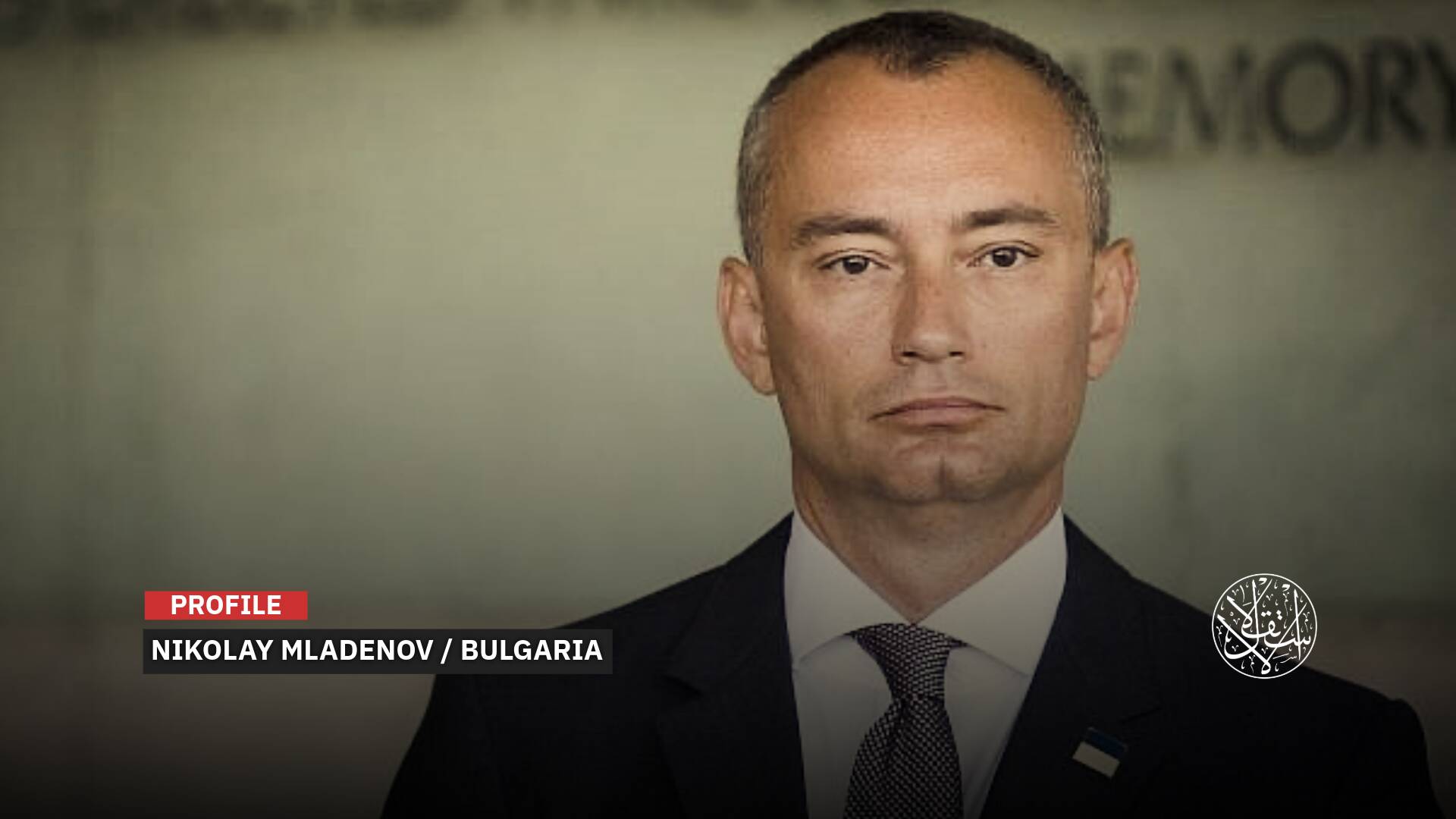Burdened by Debt: What Lies Ahead for Assad’s Deals with Iran and Russia?

Iran’s deals and projects in Syria outpace Russia’s.
In the dead of night, former head of the Syrian regime Bashar al-Assad fled the country, leaving behind “submission agreements” with Iran and Russia—pacts he had made to secure his rule after a 13-year popular revolution that eventually triumphed.
Since the early weeks of the Syrian revolution in March 2011, Iran, along with its advisors and militias, supported Assad while simultaneously paving the way for its entrenchment in Syria through agreements spanning nearly every state sector.
Russia, on the other hand, used its military intervention in Syria in 2015 to save the regime from collapse as an opportunity to secure a range of investment contracts and agreements across numerous Syrian sectors.
In 2017, Moscow achieved its main objective in Syria when it secured a long-term lease for the Khmeimim Airbase in Latakia, granting access for 49 years, with the possibility of extending it for an additional 25 years.
This was in addition to the Russian naval base on Syria’s Tartus coast, also leased for 49 years.
Now, following the collapse of Bashar al-Assad’s regime, which ruled Syria for 24 years, discussions have emerged about the fate of agreements signed with Tehran and Moscow.
Assad fled to Russia on December 8, 2024, with Moscow facilitating his escape. On the same day, Syrians declared the revolution victorious, marking the end of an era of authoritarianism that began with his father, Hafez al-Assad, who seized power in a military coup in 1971, subjecting the people to decades of oppression, displacement, and destruction.
Before Assad’s fall, both Iran and Russia scrambled to divide Syria’s economic and even sovereign projects to safeguard their respective interests and long-term strategic goals in the country.
Notably, Assad made significant concessions of national assets, prioritizing his grip on power over the country’s resources, as evident in the nature of agreements signed with Tehran and Moscow.
From early on, Syrian opposition forces and economic experts warned Iran and Russia that these agreements were “illegitimate and void,” describing them merely as acts of “submission.”
Nevertheless, Tehran and Moscow pressed forward with signing contracts and agreements with Assad’s regime in its final days, aiming to cement their economic and even political dominance over Syria.

Iran's Contracts
Since 2012, Iran has systematically dismantled Syria’s economy, securing significant stakes in its sovereign wealth in exchange for financial support to keep Assad’s regime afloat.
The ousted Assad granted Tehran contracts in oil fields, phosphate mines, services, construction, transportation, agriculture, roads, bridges, and infrastructure projects.
In 2019 alone, Iran signed around 35 agreements with the Assad regime, including 23 deals in January of that year. This came on top of dozens of previous contracts, memorandums, and understandings.
On May 3, 2023, former Iranian President Ebrahim Raisi visited Damascus with a high-level delegation, marking the first official visit by an Iranian president to Syria since 2010. During the trip, Raisi signed at least 15 documents, including several lucrative economic agreements.
However, a leaked confidential document from Iran’s presidential office revealed that Tehran had spent over $50 billion during 10 years of war in Syria, which it considers a debt to be repaid over a 50-year schedule.
The document outlined that $18 billion of this amount was supposed to be recouped through agreements and economic investments, though without guarantees of execution.
This revelation was published by the opposition group “Hacktivist group Uprising till Overthrow” after they hacked Iran’s presidential website. Media outlets circulated the document on August 10, 2023.
The document highlighted several Iranian projects, including the establishment and operation of a mobile phone network in Syria, requiring an investment of $222 million over three years, with an expected revenue of $1.5 billion.
Another project involved receiving a share of revenue from Latakia Port over five years. According to the document, Iran collected part of its share between 2019 and 2020, with payments expected to continue for 20 years.
One contract detailed the leasing of 5,000 hectares of agricultural land—its location undisclosed—to repay $25 million in debts over 25 years.

Russia's Agreements
Russia managed to secure nearly 40 agreements and trade deals with the Assad regime over the past decade, though Iranian contracts and projects outpaced their Russian counterparts.
Most of Russia’s economic gains in Syria came through long-term contracts in the oil and gas sectors. Several Russian companies signed agreements with the defunct regime to explore and extract oil and gas from the fields still under its control.
Russia also entered into agreements to restore and develop oil facilities, along with contracts for energy generation projects and mineral extraction.
During Assad’s official visit to Russia on March 14, 2023—his fourth since 2011—he highlighted 40 investment projects signed as part of cooperation with Moscow. These covered sectors such as energy, electricity, oil, transportation, housing, and industry.
Despite these agreements, Russia has struggled to reap significant economic benefits. It has yet to establish the necessary groundwork in Syria to recoup its substantial expenditures.
According to various studies and reports, Russia’s daily military expenses in Syria range from $3 million to $4 million.
This amounts to an estimated $5 billion to $7 billion since its intervention, based on a 2020 report by the London-based International Research Institution (IHS).

Contracts of Submission
Syrian economic experts assert that the first transitional government in Syria, following Assad's fall, has the right to reassess all contracts signed by the regime since March 2011.
They believe that if a contract is beneficial and serves the interests of the Syrian people, it can be approved. However, if a contract contains unfair terms, those clauses should be removed, allowing the agreement to remain valid.
“The manner in which Assad fell signifies that Syrians did not inherit the government from him. He fled, disbanded the army, and was overthrown, leaving no continuity of the previous regime or government,” Osama Kadi, head of the Syrian Economy Task Force, told Al-Estiklal.
“The current authorities in Syria are not bound by any contracts signed by the ousted Bashar al-Assad regime since March 2011. Nor do we acknowledge any debts imposed on the Syrian people during that period.”
“In the future, Iran will face demands for reparations and the return of all funds looted and stolen from Syria,” he added.
Regarding Syria’s economic revival, Kadi noted that the country had no clear economic identity, with the public sector suffering losses in more than 60 industries.
Syria, classified as a “fragile state,” requires “three to five years of stability and security to set the country on the path to economic recovery and an additional five years to become a hub for production, industry, and tourism in the Middle East.”
Kadi explained that the country needs comprehensive infrastructure development, referring to a potential “Syrian Marshall Plan” as an initial boost to achieve a major economic leap—akin to the post-World War II reconstruction plan for Europe.
He highlighted the importance of lifting the U.S. Caesar Act sanctions after Assad’s fall, adding, “The Syrian Central Bank must also be removed from the sanctions list to allow currency printing and global financial integration.”
The value of any currency, he explained, lies in the goods and services it represents, rather than relying on dual pricing in Syrian pounds and dollars, as seen in Lebanon.
Kadi concluded that “economic growth begins with the cessation of all military conflicts and the revival of the Friends of Syria Conference on reconstruction, initially held in 2012, to attract future investments into the country.”
“The incoming Syrian government must forge partnerships with nations worldwide, adopting a strategic vision of ‘zero conflicts over the next 50 years,’ as the country will need global investors to create job opportunities and strengthen the economy.
Sources
- Iranian President signs eight MoUs with Bashar al-Assad in Damascus [Arabic]
- Assad Pays Off His Debt: 6 Economic Contracts Hand Syria Over to Iran [Arabic]
- An Iranian newspaper: Bashar al-Assad has no principles, and Iran will take its share of the Syrian pie by force [Arabic]
- Syria and Iran leaders sign long-term oil, trade agreements
- Assad welcomes the expansion of Russia's military presence and the deployment of advanced missiles [Arabic]


